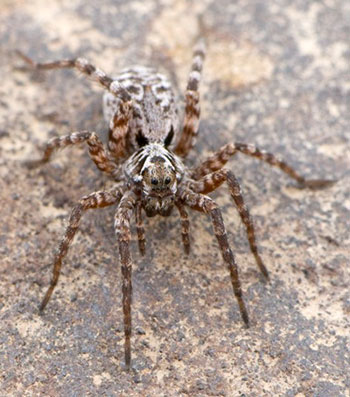 So, here’s an unusual chain of events—Arctic wolf spiders are getting larger. And as a result of the increased populations and increased population densities, the spiders have changed their eating habits.
So, here’s an unusual chain of events—Arctic wolf spiders are getting larger. And as a result of the increased populations and increased population densities, the spiders have changed their eating habits.
Wolf spiders were known to eat a fungus-eating arthropod known as a springtail. But after populations were monitored over two summers, although it was expected that the larger wolf spiders would consume more springtails, the opposite was true. In fact, fewer springtails were eaten and it’s thought that the spiders were eating each other, or perhaps they discovered a different food source.
The effect of this on the Arctic tundra is that the increased population of springtails means that more fungus was eaten and so the rate of fungal decomposition is lowered, as is the amount of greenhouse gas released into the atmosphere and that all helps to fight climate change.
